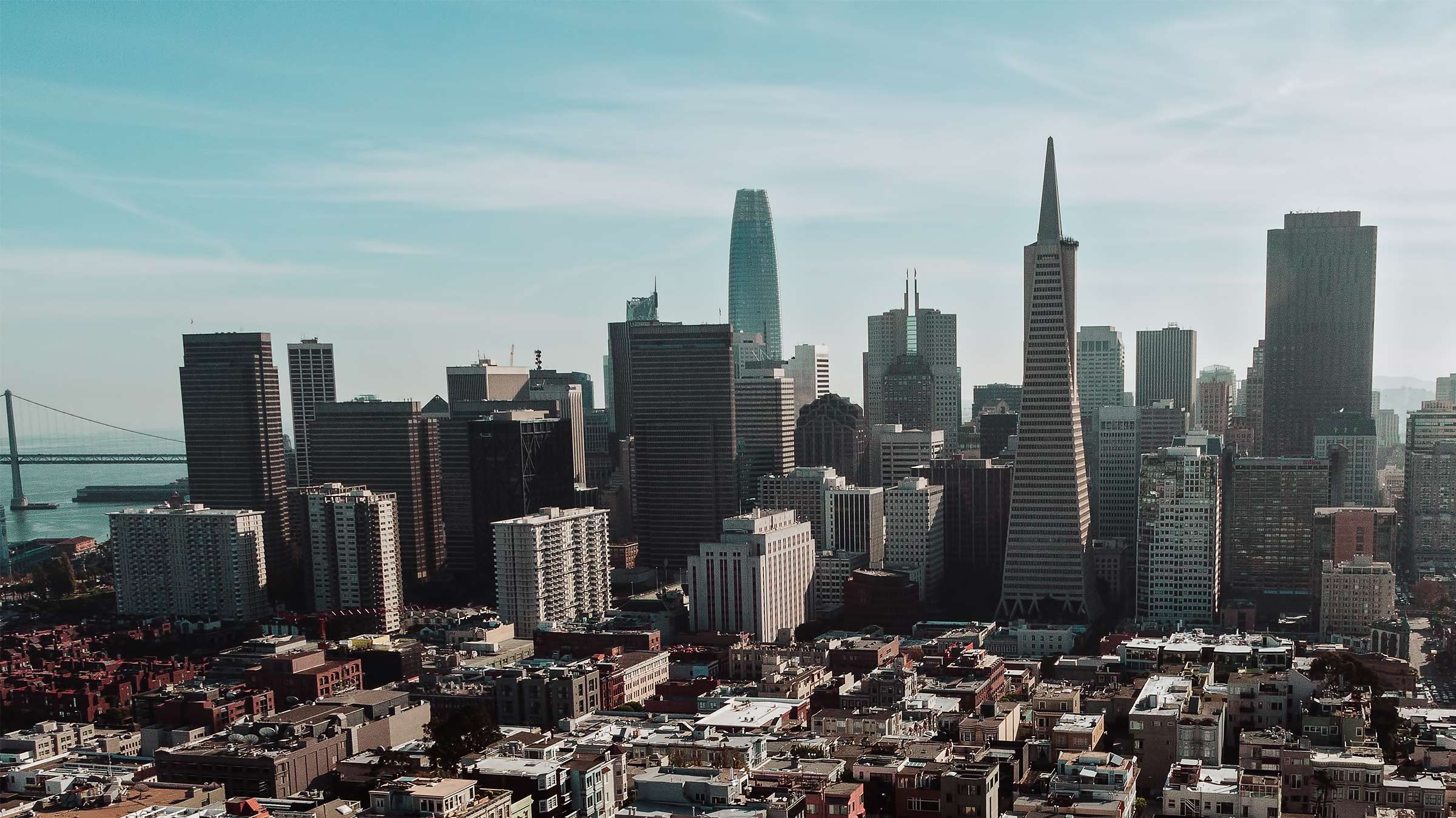Vertical homes, business, and penthouse apartments have long been championed as the solution for cities where space is scarce. London recently topped 500 skyscrapers for the first time in its history, New York is in the proses of giving the green light to the highest observation deck in the Western Hemisphere, and Chicago is planning to outdo it’s famous Tribune Tower by constructing a rival monolith.
But the problems that come along with building hundreds of floors stacked on top of each other in close proximity are startlingly obvious. They require a stealth approach to health and safety with additional layers of so-called bureaucratic red tape that’s often at odds with developer’s timelines and budgets. This month, alone, after a man died on the 50th floor of Trump Tower it was revealed that President Trump had protested against smoke alarms in his infamous real estate during his developing hey-days in the 90s.
Just yesterday, the New York Times published an in-depth investigation that warned of San Francisco’s dreams of building sky high could soon come tumbling down because the city’s planning controls don’t cover skyscrapers. As the piece pointed out “A five-story building has the same strength requirements as a 50-story building.” The reporters went on to reveal that no one knows how safe the city is because of the unpredictability of natural disasters and a lack of research: “How safe are San Francisco’s skyscrapers? Even the engineers who design them can’t provide exact answers.”
So how do we tackle the problem? In Moscow, a redevelopment of an old brewery site with height restrictions of 75 meters on all new builds forced architects Herzog & de Meuron to think laterally. Dubbed “horizontal skyscrapers”, the elongated constructions may be a nod to Russian avant-garde architect El Lissitzky’s horizontal skyscrapers of the 1920s, but they’re not always pragmatic in tight spaces where people already live on top of each other.
Architects have to think way outside of the box if they want to put forward serious answers to a problem that every city across the world faces. Yesterday, the 2018 Skyscraper Prize by architecture magazine eVolo, brought attention to the constructions that address the very issues over vertical buildings that have been raised in recent weeks.
First prize went to a collapsible skyscraper, able to be airlifted by military helicopters in disaster zones. Described by the Polish creators Damian Granosik, Jakub Kulisa, and Piotr Pańczyk as a “multi-purpose hub for any relief operation” Skyshelter.zip is designed to provide shelter in the aftermath of a hurricane, flood, or tsunami. Deployable on uneven soil, the long paper-lantern style constructions are designed with a consortia effect, to make them as easy to erect as they are to take down. At the center of a series of lightweight 3D printed floors lies a helium balloon supporting the entire building; the height and number of levels depending on the amount of gas poured into the balloons.
Runners-up include a Japanese Shinto Shrine that welcomes the rice paddies of Asia into city centers, and a fire prevention skyscraper—a direct response to the 2016 forest fires of south-central Chile.







